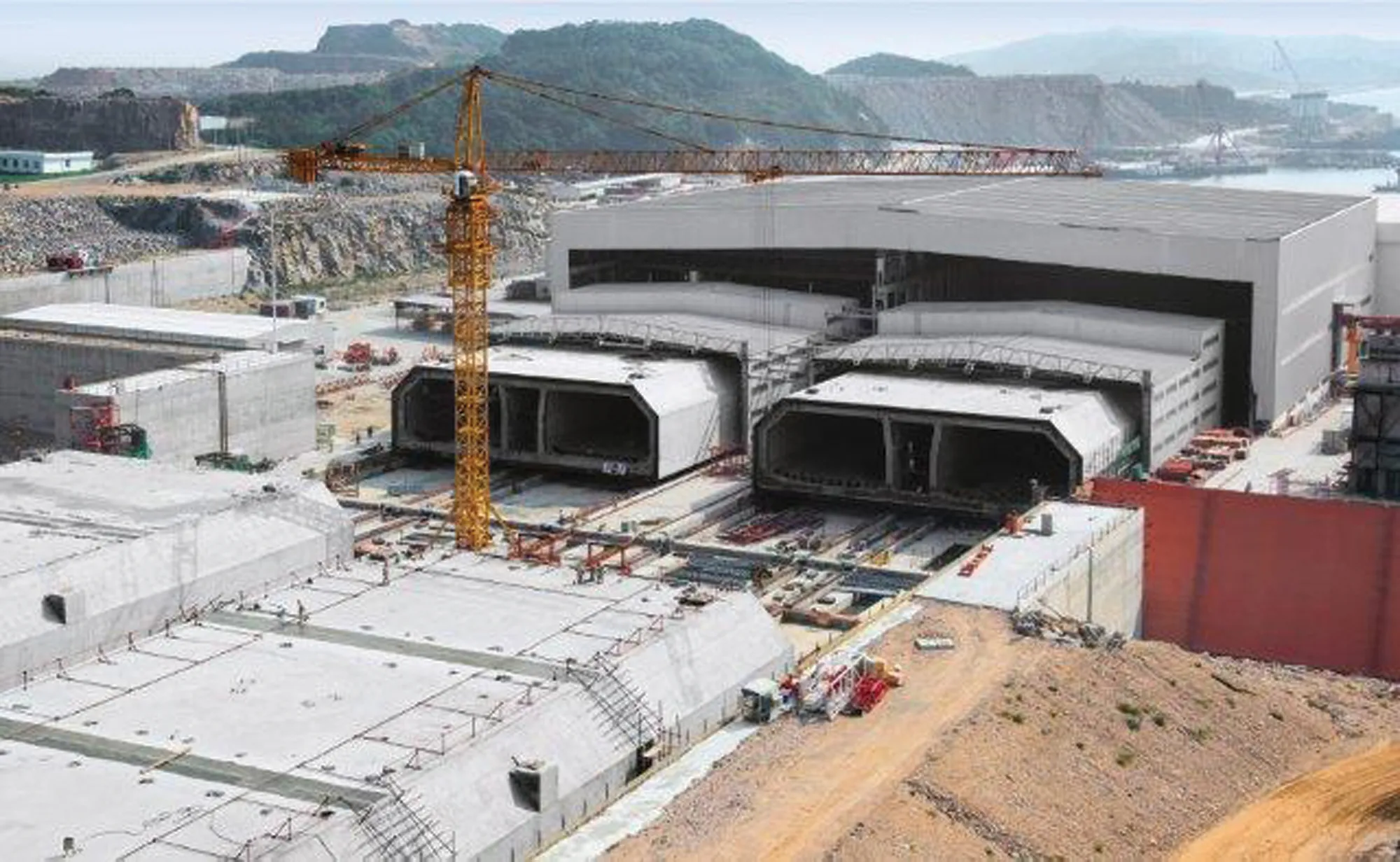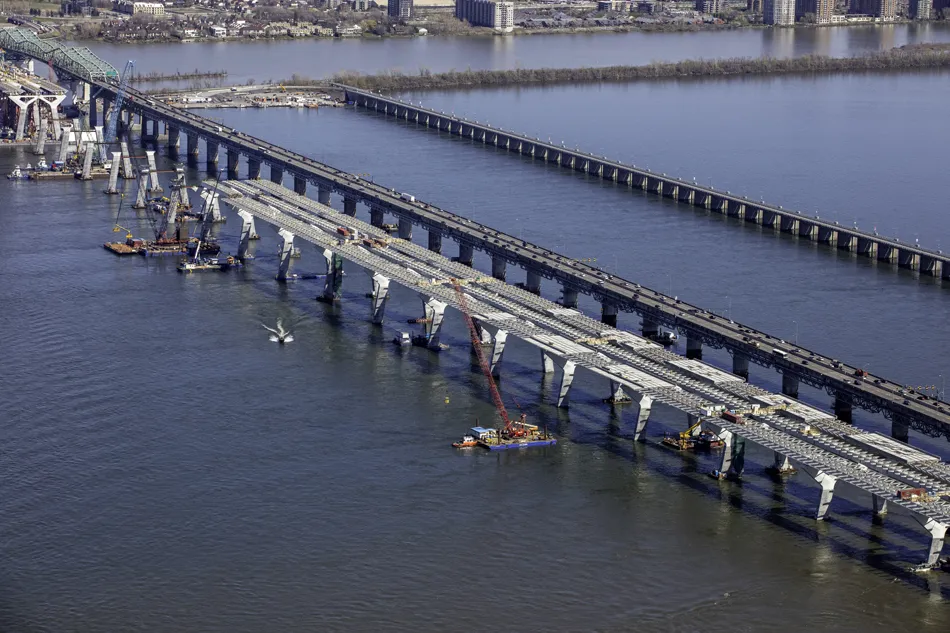In China, PERI is playing a crucial role in the construction of the world’s longest underwater tunnel The 6km tunnel is part of a new 35km long road connection across the Pearl River bay in southern China, aiming to allow Hong Kong to grow both physically and economically with Macau and also Zhuhai on mainland China. In a huge field factory near the underwater tunnel site, two production lines are being used to produce a total of 33 tunnel elements. Each of the reinforced concrete tubes for the standard sec
April 4, 2013
Read time: 3 mins

In China, PERI is playing a crucial role in the construction of the world’s longest underwater tunnel
The 6km tunnel is part of a new 35km long road connection across the Pearl River bay in southern China, aiming to allow Hong Kong to grow both physically and economically with Macau and also Zhuhai on mainland China.In a huge field factory near the underwater tunnel site, two production lines are being used to produce a total of 33 tunnel elements.
Each of the reinforced concrete tubes for the standard sections is a colossal 180m long, 38m wide, 11.4m high and weighs 72,000tonnes. Through the use of two
Hydraulically extended in a dry dock, PERI says these reinforced concrete prefabricated parts are sealed at both ends with waterproof bulkheads, then positioned at sea level by means of a lowering basin and prepared for being towed out. Pontoons are said to stabilise the tunnel sections during towing operations to their end position in open sea.
The hydraulically-operated PERI formwork solution consists of six main structural components: slab formwork, two external and three internal sets of formwork. Additionally, two different sets of stopend formwork are said to ensure correctly placed accommodation of the sealing between the individual 22.5m-long sections as well as at both ends of each 180m element.
Along with the 50m-long truss girders in the centre, the internal formwork forms a horizontal moving device in order to return to the concreting position after each operation, retracting into the prefabricated reinforcement cages.
For guaranteed all over construction efficiency, the shoring construction and portal crane are likewise said by PERI to be vital components of the German firm’s overall concept.
According to PERI, the decisive advantage of the company’s process engineering is that the bottom plate, external walls and slab can be built monolithically and, especially, without anchors. From this, thousands of tie points can be saved which minimises the danger of leakage and improves work operations.
Around 30 hours are said by PERI to be required for concreting a complete segment with around 3,600m³ of concrete being formed.
Aided by two PERI shuttering machines, nearly 1 million m³ of concrete will be processed to create prefabricated components which are then joined together on the seabed to create a tunnel structure.
Due to open along with the rest of the Hong Kong-Zhuhai-Macau road link in 2016, the HZMB tunnel is said by PERI to have been designed to ensure an exceptionally long service life of 120 years. This is said to have placed an enormous demand on each of the construction materials used, requiring site personnel to meet the highest quality standards, all within a tight build schedule.
The new highway route is forecast to reduce journey times from Hong Kong to Zhuhai from 4 hours to 1 hour.









